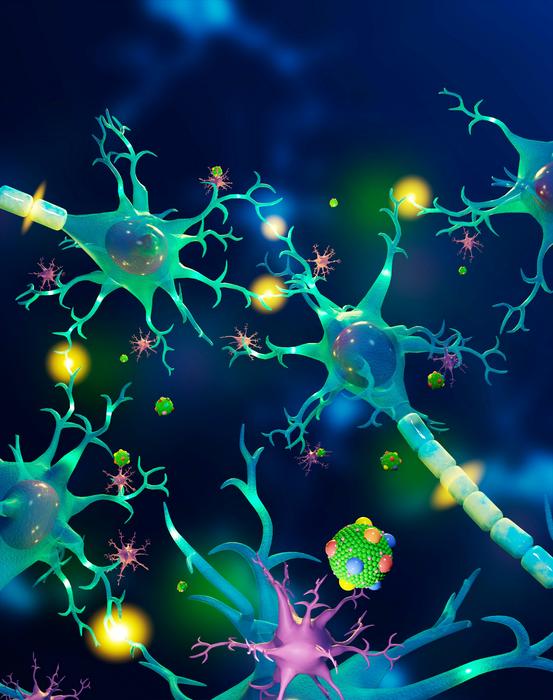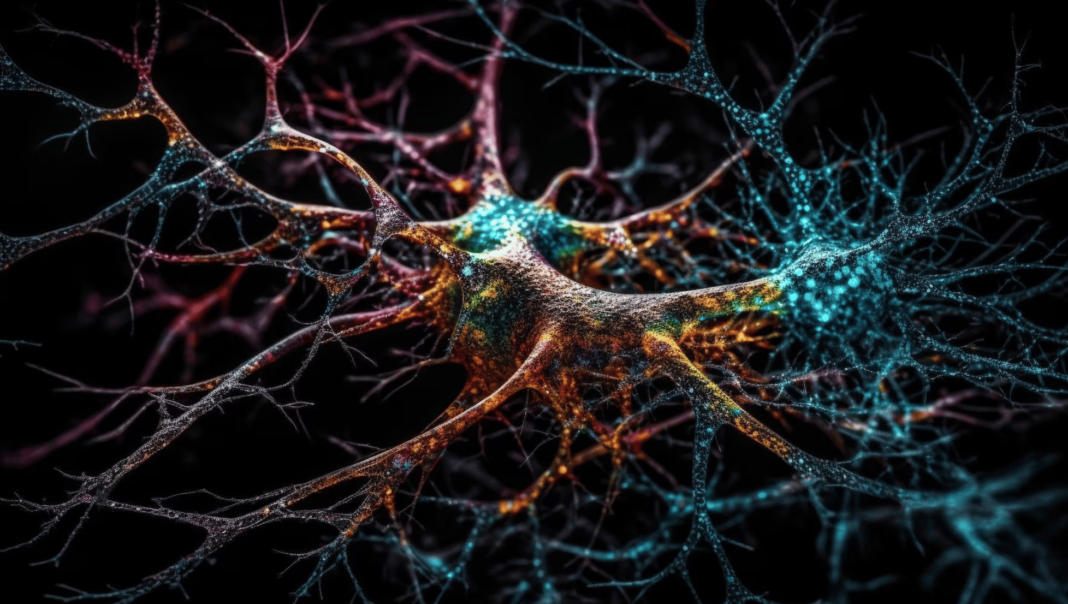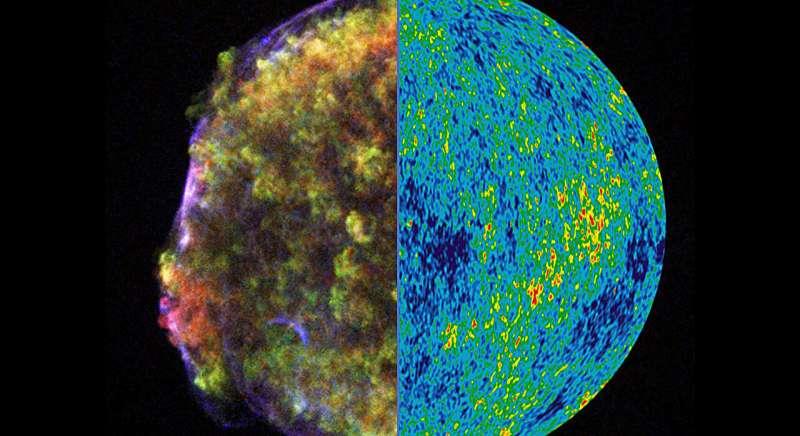Researchers have unveiled a groundbreaking method to peer into the intricate world of lipoproteins in the central nervous system, shedding light on the genetic underpinnings of Alzheimer’s disease. This discovery promises to revolutionize our understanding of the brain’s inner workings.
In a remarkable revelation, scientists have discovered that the lipoproteins in our nervous system, akin to the well-known “good cholesterol” HDL particles in our bloodstream, are far more diverse than previously imagined. Over 300 different proteins, organized into at least 10 different families, have been detected on these particles. These lipoproteins are brimming with proteins that influence crucial processes like wound healing, immune responses, and the development of neurons vital for cognitive function.
At the forefront of these discoveries is apolipoprotein E, or APOE, which reigns as the most prevalent protein in these particles. Interestingly, APOE4, one of the three commonly studied forms of APOE, elevates the risk of Alzheimer’s disease. A single copy of the APOE4 gene increases the risk of dementia by fourfold while possessing two copies amplifies the vulnerability by a staggering twelvefold.

CREDIT
Image by Mike Perkins | Pacific Northwest National Laboratory
These remarkable findings, published in Science Advances on August 30, have been spearheaded by John Melchior, a protein biochemist at the Department of Energy’s Pacific Northwest National Laboratory. Melchior, a prominent figure in lipoprotein research, carries two copies of the APOE4 gene, adding a personal dimension to his quest to decipher the protein’s role in the nervous system.
The nervous system’s lipoproteins have long been shrouded in mystery, as they are less prevalent than their circulatory system counterparts. In the bloodstream, lipoproteins such as “good” HDL and “bad” LDL are abundant and easily detectable. However, their actions and presence in the nervous system have remained enigmatic.
Within the central nervous system, APOE serves as a linchpin, not only holding fats and proteins together but also facilitating the transport of nutrient-rich lipids and groups of molecular collaborators. These specialized proteins contribute to cell repair, gene regulation, and the processing of amyloid beta, a molecule linked to dementia development. While APOE plays a pivotal role, something goes awry in individuals with one or two copies of APOE4, leading to dementia. The precise mechanisms remain elusive.
Researchers speculate that APOE4 may also play a role in other neurological conditions, including Parkinson’s and Huntington’s diseases, multiple sclerosis, amyotrophic lateral sclerosis, and traumatic brain injury.
Detecting lipoproteins in the nervous system posed a unique challenge due to their scarcity. The research team devised a novel fluorescent technology to tag lipoproteins in spinal fluid, enabling the study of minute quantities of cerebrospinal fluid.
By analyzing just one-third of a milliliter of spinal fluid, researchers uncovered a staggering 303 different proteins across various particle families. Most of these proteins had never been observed on nervous system lipoproteins before.
The future holds immense promise, as this technology could be shared with clinicians to delve into conditions like Alzheimer’s, multiple sclerosis, and Parkinson’s disease. Profiling lipoproteins in these conditions may yield insights into disease pathology and potential treatment targets.
This groundbreaking study was made possible through collaborative efforts involving researchers from various institutions. It underscores the importance of interdisciplinary research in unraveling complex scientific mysteries.
As the quest to understand Alzheimer’s and other neurological diseases gains momentum, early support from the National Institutes of Health and innovative technologies may pave the way for transformative discoveries.
- Which lipoprotein is associated with Alzheimer’s disease?
- Apolipoprotein E (apoE), particularly the APOE4 gene variant, is closely linked to an increased risk of Alzheimer’s disease. Possessing one copy of APOE4 raises the risk fourfold while having two copies multiplies it by twelve.
- What is the role of apoE in Alzheimer’s disease?
- ApoE, a protein involved in lipid metabolism, plays a critical role in Alzheimer’s disease. The APOE4 gene variant impacts the brain’s lipid metabolism and contributes to the accumulation of harmful substances, increasing the risk of Alzheimer’s.
- Is there a link between high cholesterol and Alzheimer’s?
- While a direct link between high cholesterol and Alzheimer’s remains uncertain, disruptions in cholesterol metabolism in the brain may be associated with the disease. Abnormal cholesterol levels can affect brain function and potentially contribute to Alzheimer’s progression.
- What is the Alzheimer’s causing protein?
- The primary protein associated with Alzheimer’s disease is amyloid beta. This protein forms plaques in the brain, disrupting neuronal function, triggering inflammation, and contributing to cognitive decline in individuals with Alzheimer’s.
Understanding the complex interplay between lipoproteins, apoE, cholesterol, and amyloid beta is crucial for unraveling the mysteries of Alzheimer’s disease. This knowledge holds promise for future treatments and preventive strategies.











